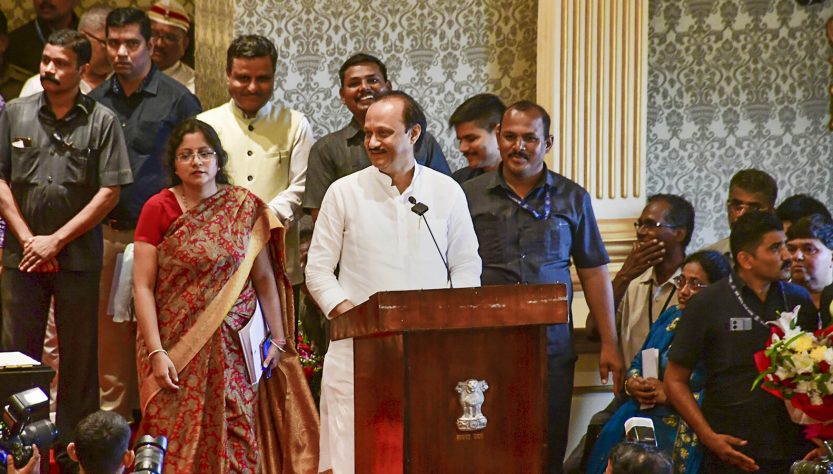In 1976 when my father quit the Indian Navy to join Britannia Sea Foods, his salary was 1200 per month.
We moved to Malad, a suburb of Mumbai and bought a flat for 39,000 having an carpet area of 450 square feet. This worked out to 85 rupees to a square foot. In terms of his salary it worked out to approximately 3 years of salary spent towards owning a house.
Out of this 1200 rupees, my mother saved 600 every month after meeting all expenses of sending three children to school. We never had a shortage of anything in the house.
As we grew, prices and salaries began to rise.
Today it is common to meet a fresh graduate who is earning 20,000 a month doing a call center job in Malad. Property prices are in the region of 6000 to 9000 rupees per square foot. If he was to buy a similar property that my father purchased he would have to shell out 44,21,250 ruppes for the same house. In terms of salary this would translate to 18 years of salary going towards purchasing the property. Thus if price parity was to be maintained the call center employee should be receiving a salary of 120000 or property prices should not have exceeded 7,20,000 in 2008. Neither of this is true.
Therefore it can be safely concluded that either the property prices are in a bubble or salaries are much below par. We all know at if a call center employee was to receive a salary of 1,20,000 per month, then the job would not have been outsourced to India in the first place.
In the above calculation I have taken a median price of 7500 and multiplied it with 590 square feet (adding 31% for super built up factor which builders charge for now a days).
Even if I consider that the call center employee was married and had an earning partner with an equal earning capacity, it would still take 9 years of their combined salary to pay for the same house.
Why has this happened?
It would be interesting to read this article on www.inflationinindia.com to find your answer.
And after that you should be ready to shred all the cash that you have because RBI is not going to do it for you!
My attempts at making our country a better place to stay through sharing my experiences in management and day to day life. And adding my Information Technology experience as I go along.
Ad
Subscribe to:
Post Comments (Atom)
Ad
The Pawarification of Indian Politics.
Maharashtra State elections have thrown up surprising results, results that have defied all opinion polls and even surprised the winnin...

-
This is the list of survey numbers issued by the collectors office for those affected by the recent forest land issue in Mumbai.
-
Many of you will remember the Telgi Stamp Scam that happened in 2000-2003. It was hyped initially to be 60000 Crores. Later the CBI declar...
-
In 1956 Government of Maharashtra reserved land in Mumbai for forests and acquired private lands adjoining the National Park from private pa...


1 comment:
Hi Vinod,
A very good thought provoking subject & very compelling. My take is that today there are only two simple processes involved in such decision making for individuals. One is whether it is worth it & second is that can I do it now in terms of going for it. Worth is based on present market & can they pay for it is also similarly based on present pay position. So taking your logic further if one of the two process fails or both fail the outcome is clear for all of us to comprehend. USA has recently faced it & I think we are not very far behind & will see the real estate bubble burst & if salaries dip to realistic levels then probably too many products pursuing too little money should bring about the equilibrium some time sooner than later.
Post a Comment